Wearable technology has officially moved beyond the hype. In 2025, wearable tech is no longer just about counting steps or reading text messages—it’s about enhancing personal health, productivity, and even workplace efficiency. As consumers demand smarter, more connected devices, manufacturers are racing to redefine what wearables can do.
Among these innovations, WalkerFit’s latest release—the M6 Ultra smartwatch—offers a glimpse into the future of how technology integrates seamlessly into our bodies, routines, and goals.
The Evolving Landscape of Wearable Tech
According to Statista, the global wearable tech market is expected to surpass $100 billion in value by 2026. A major driver of this growth is the increasing consumer demand for health-centered features, alongside the merging of fashion, functionality, and data intelligence.
So, what are the key trends shaping wearable tech in 2025?
1. From Tracking to Predicting Health
Modern wearables are shifting from passive data collectors to active health companions. Thanks to AI-powered analytics, devices now detect anomalies in heart rate, blood oxygen (SpO2), or sleep patterns and offer early warnings. This predictive capability is gaining traction in both consumer and clinical use.
2. Battery Life and Comfort Are No Longer Optional
Users no longer tolerate smartwatches that require daily charging or bulky wristbands that are uncomfortable to wear. Long-lasting batteries and ergonomic design are now standard expectations, especially among fitness enthusiasts and professionals.
Related article:Battery Life
3. Multi-Purpose Integration
Wearables are evolving into all-in-one lifestyle hubs. From payment systems to music control and remote photography, smartwatches are becoming productivity tools rather than just fitness accessories. Expect deeper integrations with smart homes and workplace systems in the near future.
4. Focus on Mental Well-being
Beyond physical metrics, 2025 has seen a rise in wearables that monitor stress levels, mindfulness, and emotional health. These innovations cater to a growing global awareness of mental wellness and self-care.
 Introducing the WalkerFit M6 Ultra: A Product Aligned with These Trends
Introducing the WalkerFit M6 Ultra: A Product Aligned with These Trends
While dozens of wearables are entering the market, few align as directly with these 2025 trends as the WalkerFit M6 Ultra. This latest smartwatch release has gained attention not only for its sleek design but also for how it integrates the above innovations in an accessible package.
the M6 Ultra includes:
- Real-time health tracking: Including heart rate, SpO2, blood pressure, and sleep cycles.
- Multiple fitness modes: From running and cycling to swimming, with automatic activity recognition.
- 14-day battery life: A standout feature that responds directly to user frustrations with frequent charging.
- Smart notifications: Including calls, SMS, and app alerts, plus features like music control and remote camera shutter.
What’s particularly notable is that WalkerFit isn’t trying to oversell gimmicks. Instead, the M6 Ultra positions itself as a reliable, trend-conscious device—offering just the right balance between affordability, feature depth, and day-to-day usability.
Related article:Stay Fit with Your WalkerFit M6 Ultra
Why Wearable Tech Matters More Than Ever
The growth in wearable tech adoption is not just about cool gadgets—it reflects a paradigm shift in how people engage with health and technology. Consumers are seeking more autonomy over their well-being, more data about their performance, and more convenience in their connected lives.
A 2024 report by McKinsey & Company highlights that nearly 70% of wearable device users expect their next device to help them manage health conditions, not just track fitness. This is a strong signal that the market is leaning toward clinical-grade insights for everyday users.
This is where products like the WalkerFit M6 Ultra step in—not just offering features for tech-savvy consumers, but also acting as entry-level preventive health tools.
FAQ
1. What makes the WalkerFit M6 Ultra different from other smartwatches?
The WalkerFit M6 Ultra stands out with its real-time health tracking (heart rate, SpO2, sleep), long 7-day battery life, and ergonomic design—offering premium features at an affordable price.
2. Is the M6 Ultra suitable for beginners in wearable tech?
Yes, the M6 Ultra is user-friendly, making it a great entry point for those new to wearable tech. Its intuitive interface and easy app pairing require no technical expertise.
3. Can the M6 Ultra be used for multiple sports and daily fitness tracking?
Absolutely. It supports multiple sports modes including running, cycling, and swimming, and automatically detects your activity to ensure accurate fitness tracking.
Final Thoughts
If you're watching the future of wearable tech, the signs are clear: health intelligence, usability, and seamless integration are the new gold standard. The WalkerFit M6 Ultra may be just one device among many, but it represents the direction the industry is heading—where practical wellness, elegant design, and tech innovation meet.
Want to explore it further? Check out the WalkerFit M6 Ultra and see how it fits into your lifestyle—and the future.

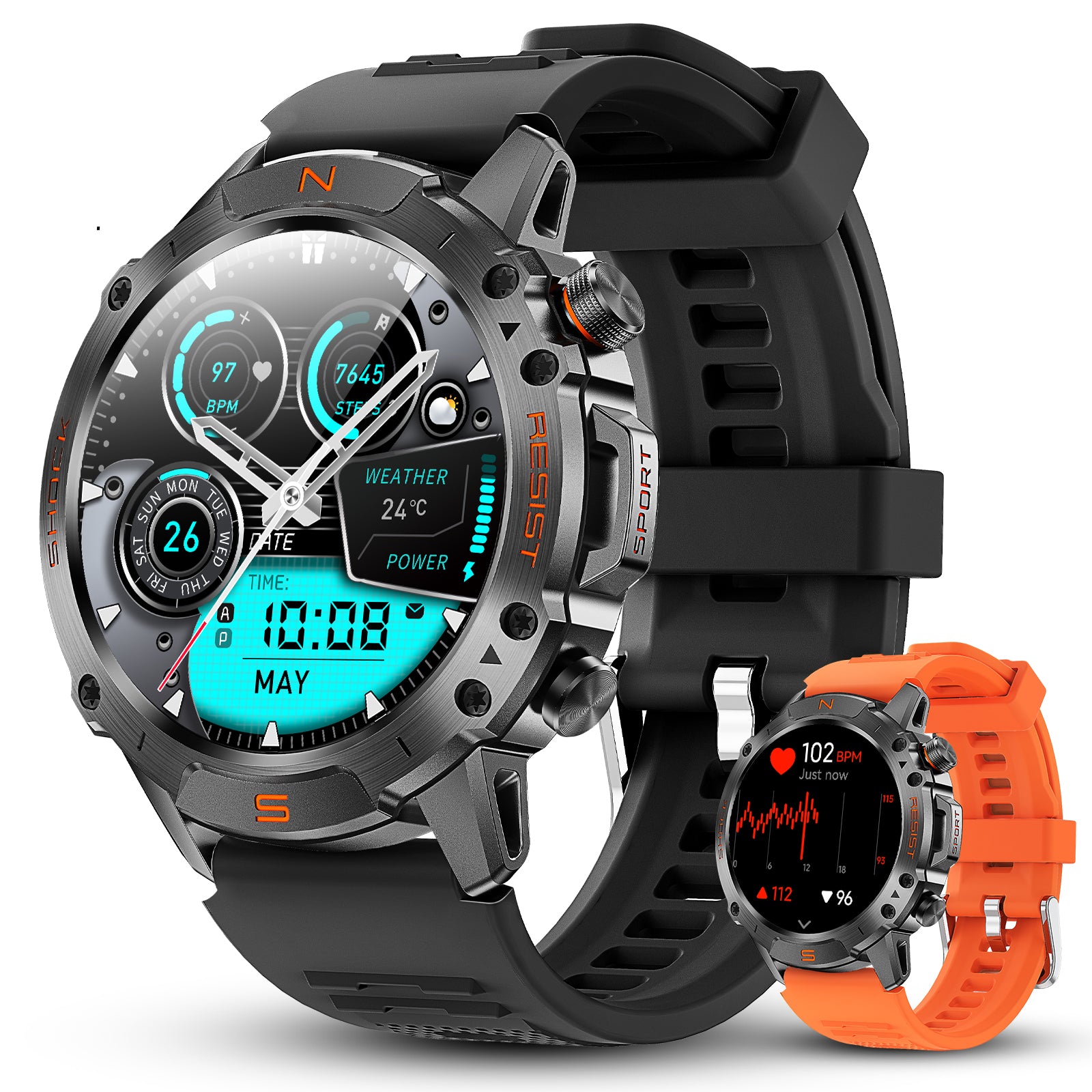
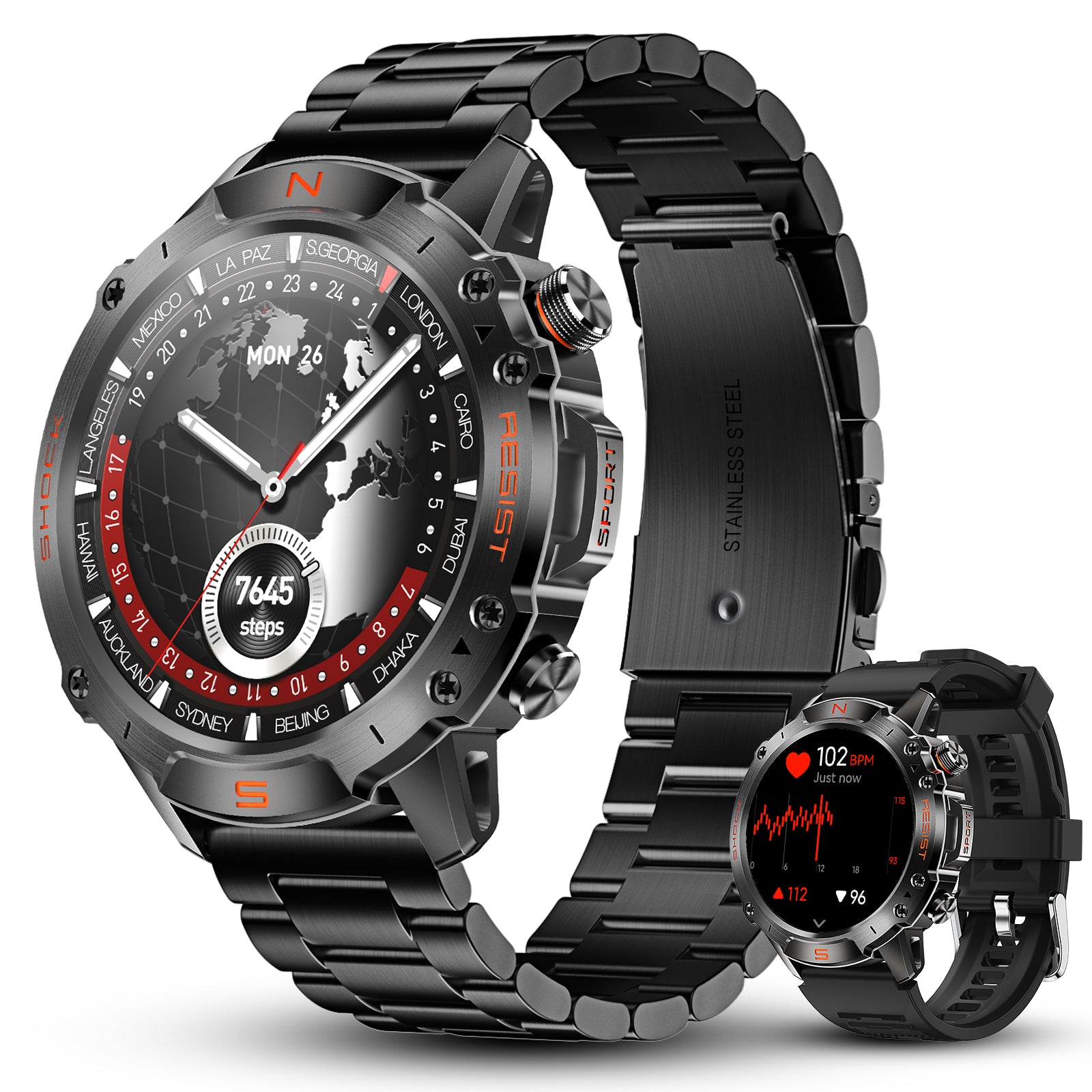
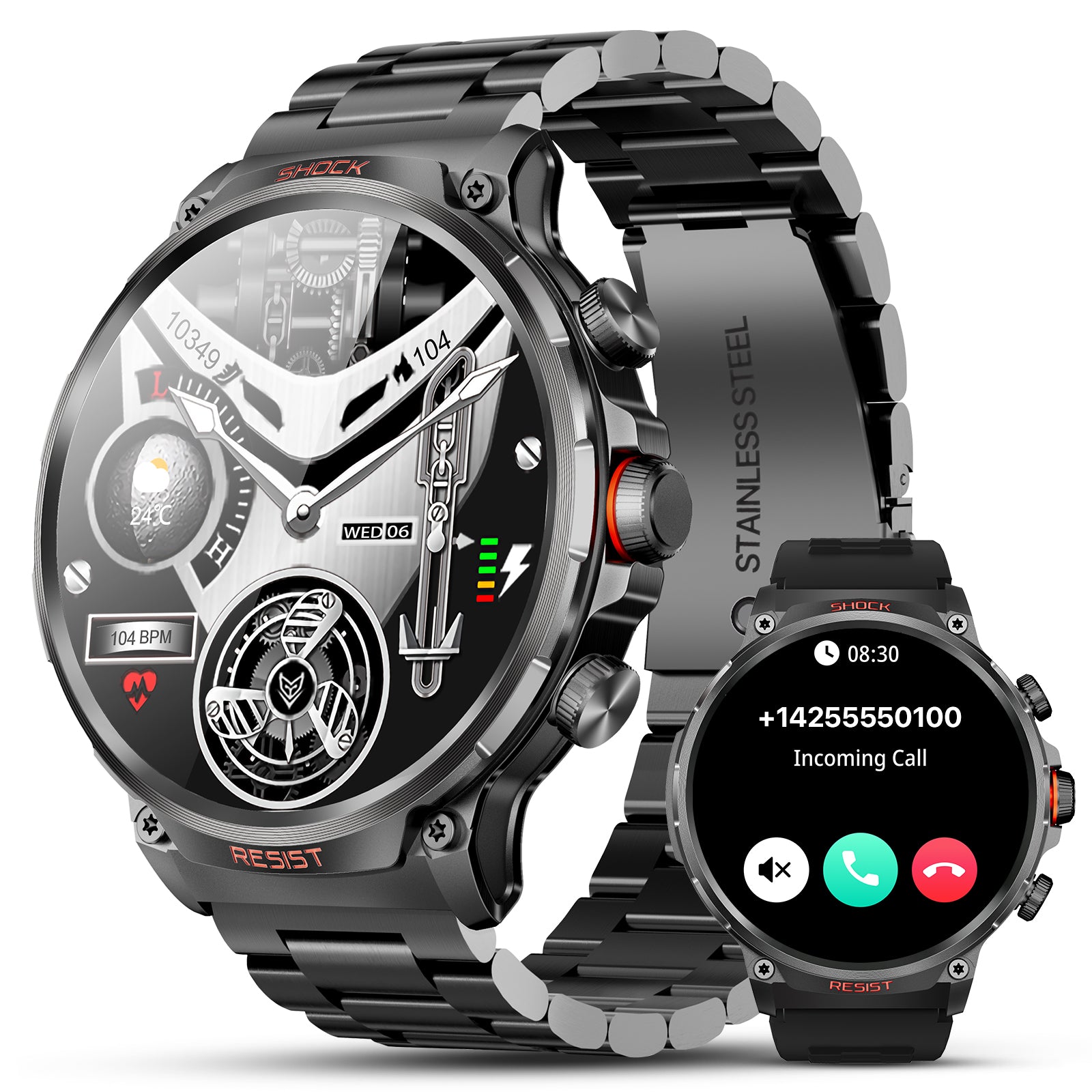
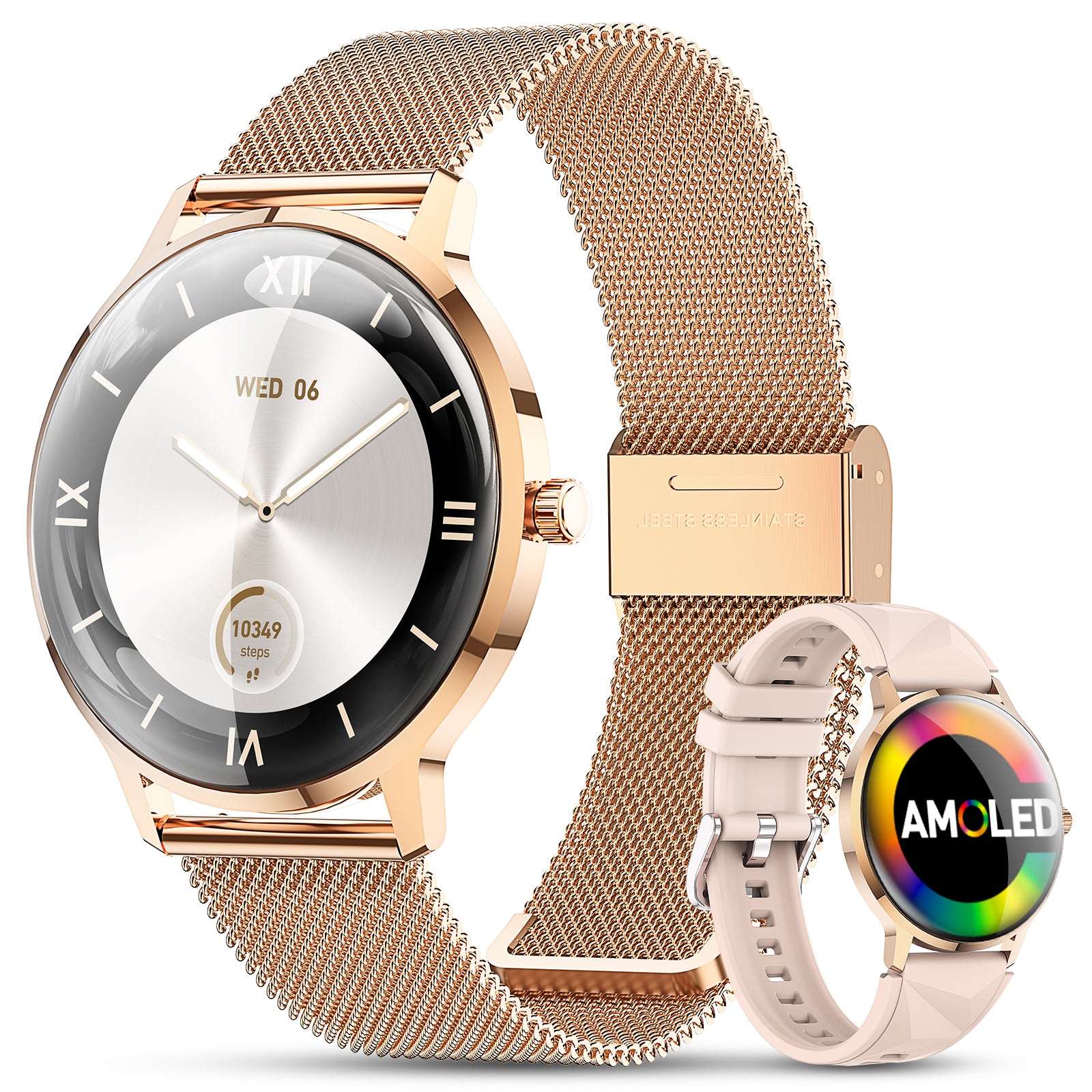
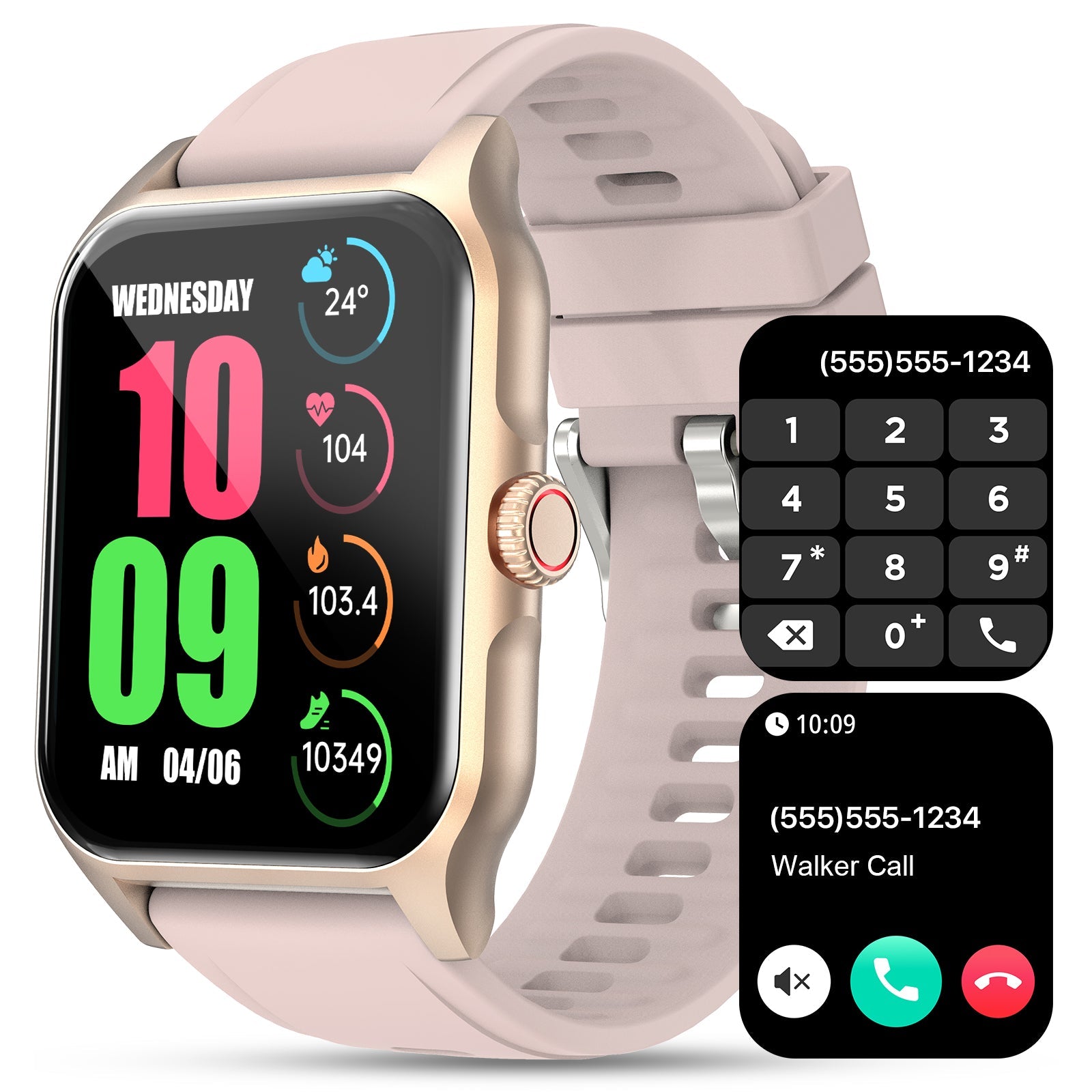


Leave a comment
All comments are moderated before being published.
This site is protected by hCaptcha and the hCaptcha Privacy Policy and Terms of Service apply.